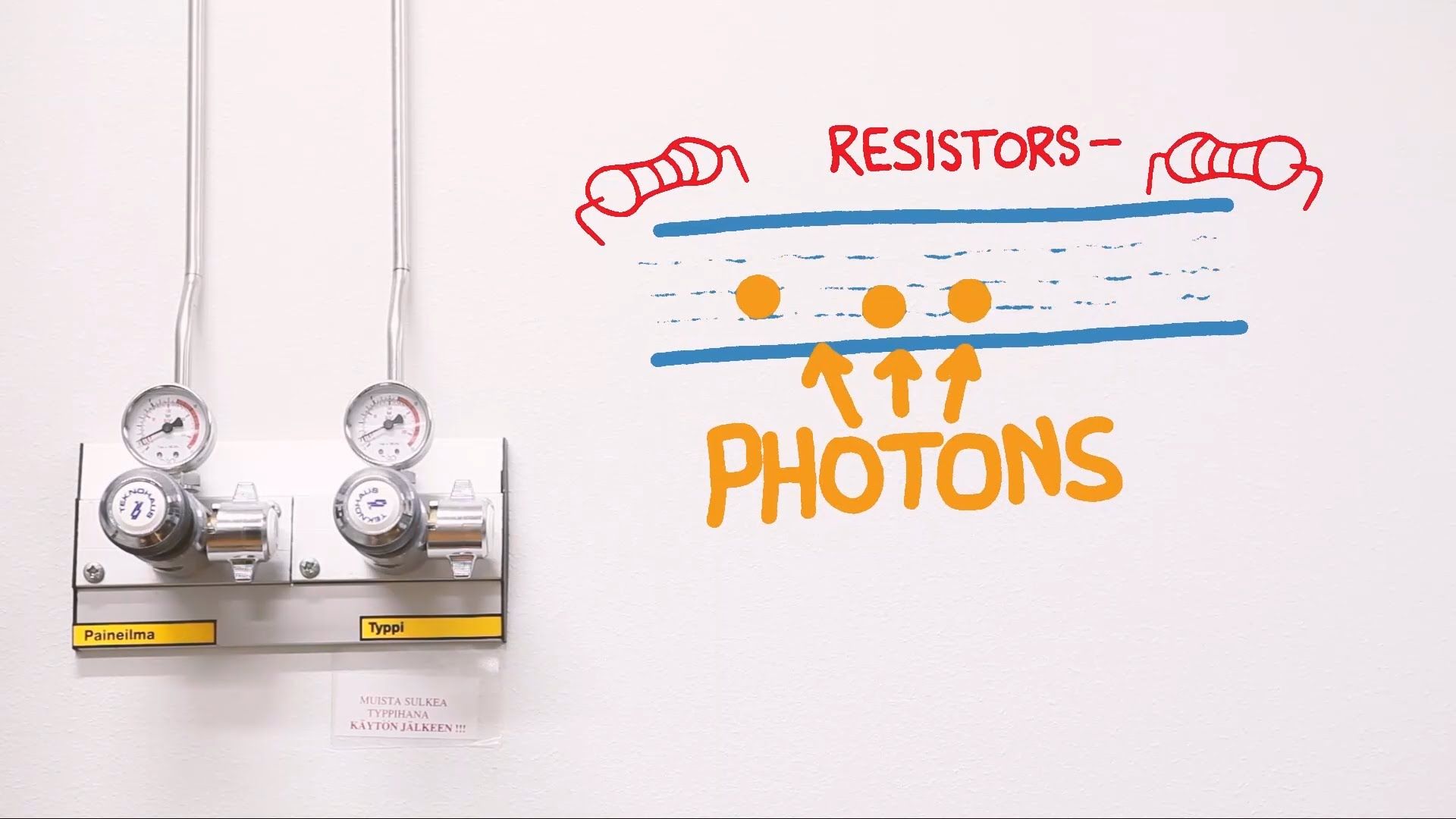Feb 1, 2016
New invention revolutionizes heat transport (w/video)
Posted by Karen Hurst in categories: computing, electronics, quantum physics, transportation
Another major leap forward in Quantum; researchers have been able to transport heat consistently ten thousand times further than ever before. This will enable Quantum technology to be leveraged in across multiple areas of manufacturing (clothing, etc.), energy, and electronics due to its heat conductive properties.
Heat conduction is a fundamental physical phenomenon utilized, for example, in clothing, housing, car industry, and electronics. Thus our day-to-day life is inevitably affected by major shocks in this field. The research group, led by quantum physicist Mikko Möttönen has now made one of these groundbreaking discoveries. This new invention revolutionizes quantum-limited heat conduction which means as efficient heat transport as possible from point A to point B. This is great news especially for the developers of quantum computers.
Continue reading “New invention revolutionizes heat transport (w/video)” »



















